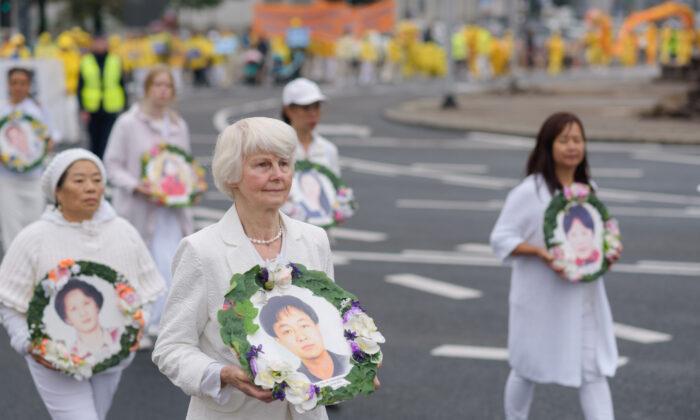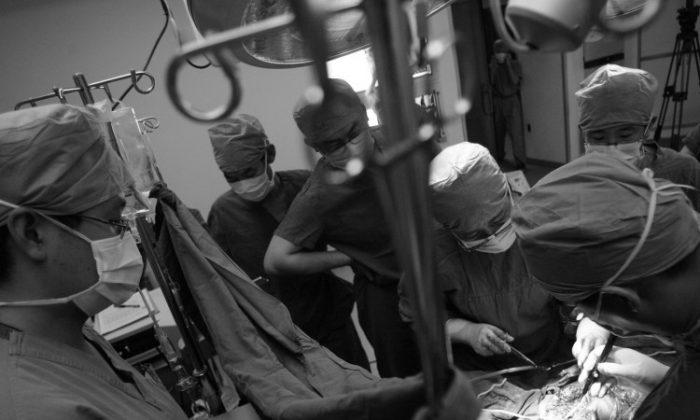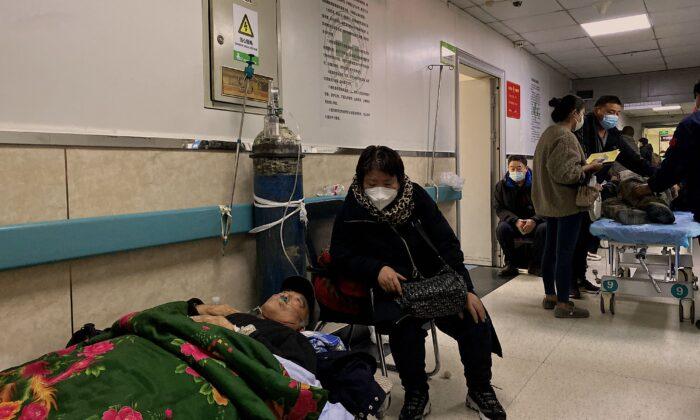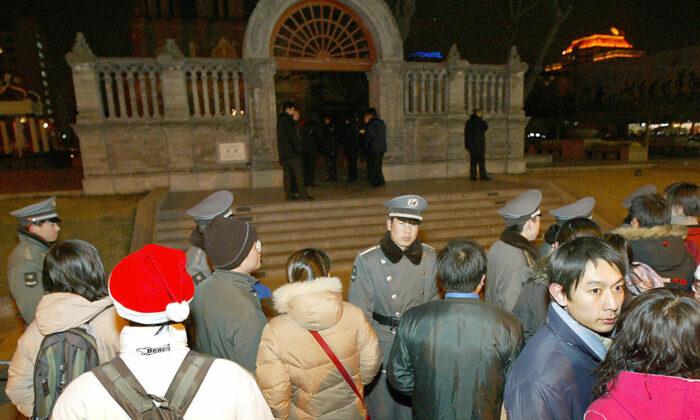Positive Cases Prompted Lockdowns
At around 8 p.m. on June 1, residents in a neighborhood in Shanghai’s Pudong District posted on social media that five people who tested positive, along with their 43 close contacts, were allegedly bussed away to a quarantine camp, and the neighborhood returned to lockdown mode.Also, on the same day, the neighborhood committee in Caojiadu of Jingan District sent a letter to all residents, stating that “people with positive PCR test results were found wandering around in the neighborhood on June 1. Therefore, within the next 48 hours, all residents must undergo PCR testing twice.” Meanwhile, residents are not allowed to leave their homes, and businesses in the area will be closed.
A resident surnamed Yu from the Minhang neighborhood of Shanghai expressed skepticism over the official number of new COVID infections.
He told the Chinese-language edition of The Epoch Times: “We were told there were two positive cases here, but I cannot find my neighborhood on the official report. It’s the same for our next neighborhood.”
On June 2, videos provided by residents show the Tianlin No. 11 neighborhood in Xuhui District under lockdown. Although people can come into the area, they are not allowed to leave.
Other neighborhoods in Shanghai experienced the same short-lived freedom. One neighborhood committee in Songjiang District issued a public statement on June 1. Due to positive test results in several buildings, the entire neighborhood would be in lockdown mode, and residents are now allowed to leave the area, from June 1 to June 8, according to the notice. It did not mention when the lockdown would be lifted.

Authorities Blame Neighborhood Committees
Political affairs commentator Tang Jingyuan said neighborhood committees are the lowest level agencies of the Chinese Communist Party’s (CCP) structure and the “last mile” of the CCP’s tentacles.A neighborhood committee appears to be voluntarily organized by the people, but they operate under the Chinese regime, Tang pointed out. According to a document issued in August 2010 by the office of the State Council, neighborhood committees became part of the municipal government’s budget.
However, due to backlash over harsh lockdown measures, authorities are attempting to shift the blame to neighborhood committees. For example, the deputy chief of the Shanghai Civil Affairs Bureau, Zeng Qun, said at a press conference on May 29: “The neighborhood committees are organized by the residents, not by the government. Therefore, all actions by the committee are from the people’s self-governing, not governmental orders.”
Chinese netizens expressed discontent and mocked the lockdown measures.
One wrote, “All the lockdowns are actually the voluntary actions by us in order to contribute to Shanghai’s prosperity.”
Shanghai International Finance Center Mall Closure
At around 11 a.m. on June 2, the Shanghai International Finance Center (IFC) Mall, the center of the financial district, abruptly shut down. No one was allowed in or out of the premises.In one video, many people, including employees, are seen running frantically toward the exits as they rushed out of the building before it was closed entirely.

Employees who managed to get out of the building were later summoned by their managers to return to work.
One person posted on social media: “The bosses tell those who left the building to come back. Anyone who was at work today must be back inside the building to be monitored by the businesses.”
News about the Shanghai IFC closure quickly spread online.
A social media user posted, “If you run back to your neighborhood, isn’t it putting your neighborhood in danger?”
Another wrote: “We are all afraid of being stuck at work; maybe we should come to work with a change of clothes, toothpaste, toothbrush, and sleeping bags. It’s so scary!”




